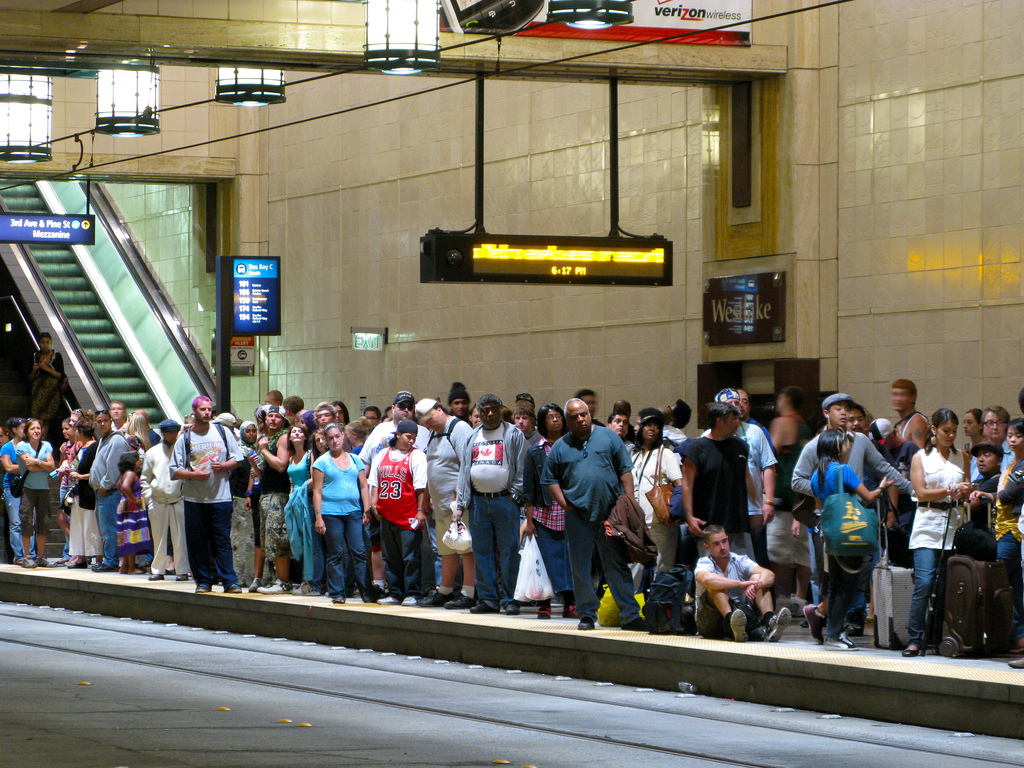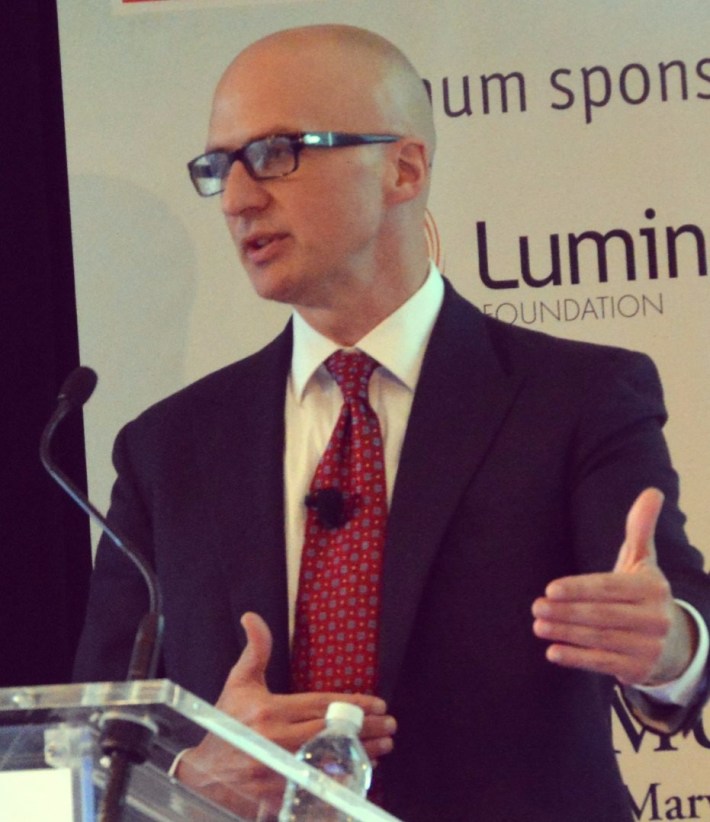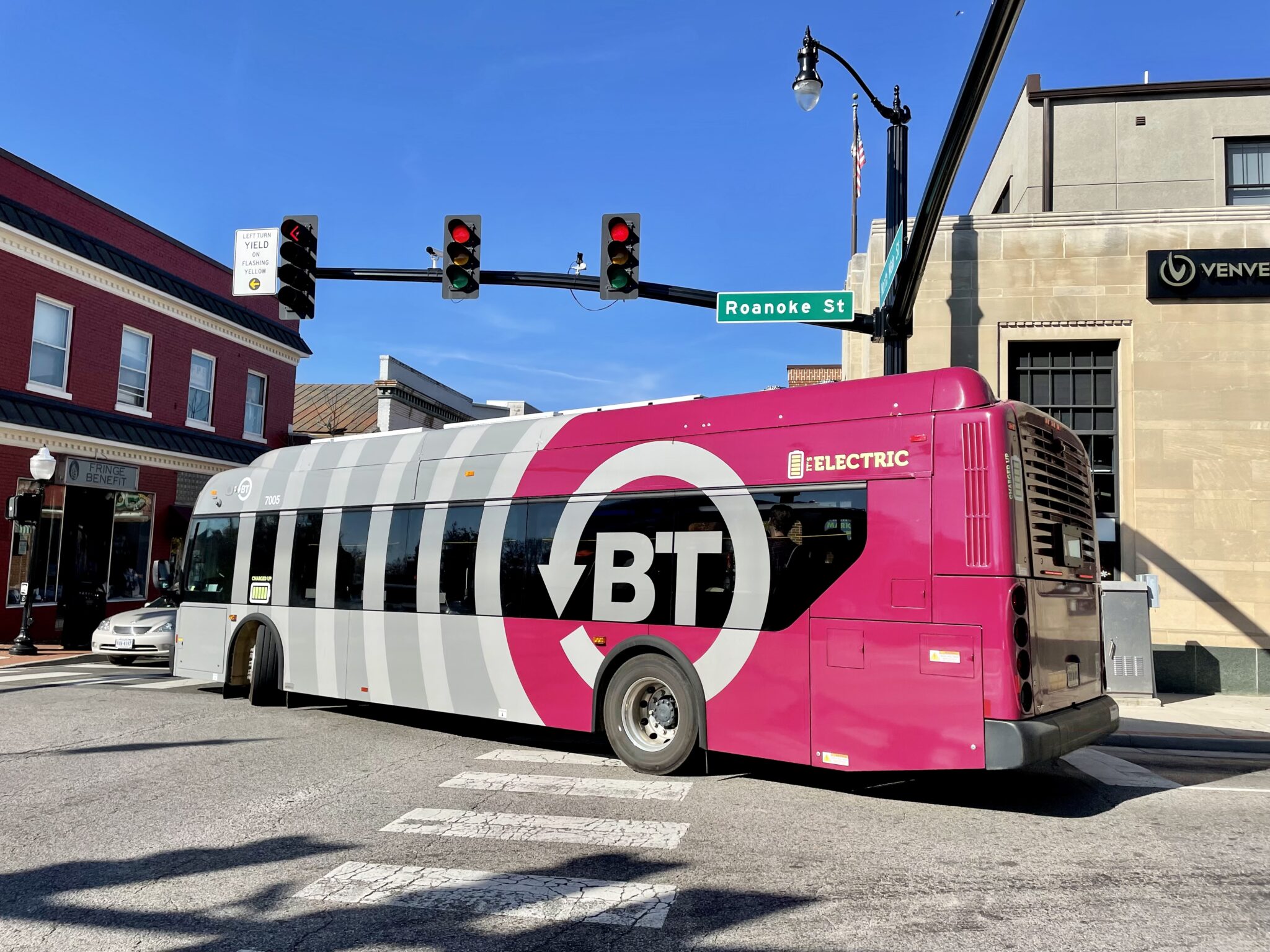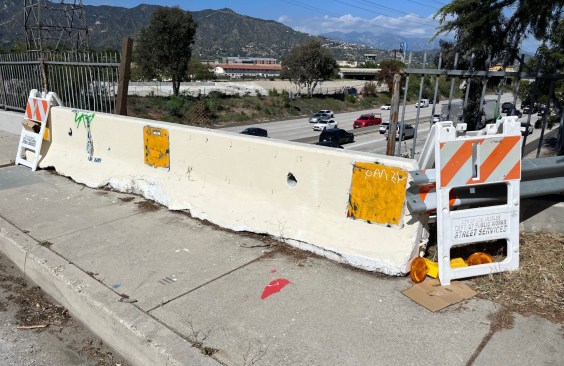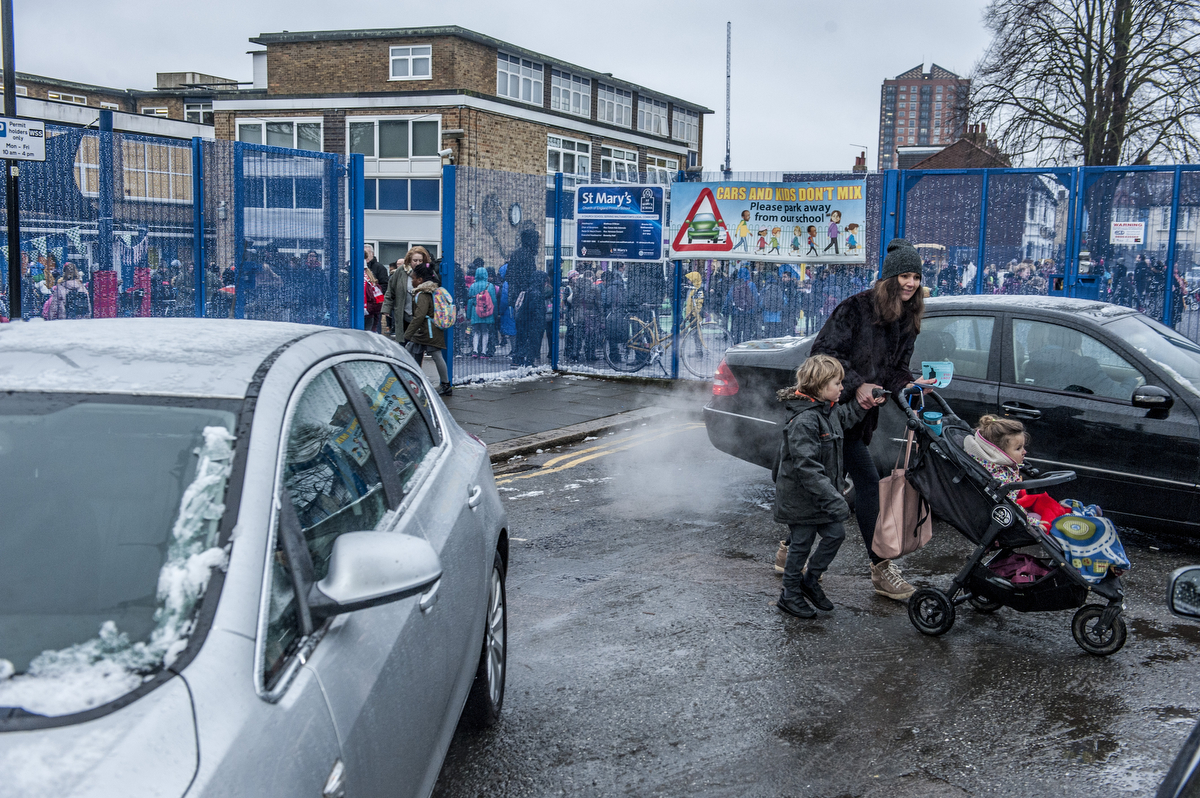A new report from Manhattan Institute senior fellow Aaron Renn argues that the federal government should stop supporting new rail lines in cities across the country and instead focus on repair work in six "legacy cities." The problem is that, by ignoring the way many of those "legacy cities" got their rail systems in the first place, Renn's proposal would cut off transit's nose to spite its face, and needlessly condemn American cities to car dependence in the process.
On his personal blog, Renn runs through the litany of woes at the nation's aging subway systems, from crowding to broken equipment. Then he sets up a false choice, claiming that "transit advocates still want to keep building new dubious light rail lines around the country instead of fixing the system’s we’ve got."
After painting "transit advocates" as a monolith bent on riding empty Sunbelt streetcars while busy subways in the northeast fall apart, Renn turns to Donald Trump's effort to slash transit expansion funding as a source of inspiration. "Transit advocates should use Trump’s call to eliminate New Starts as an opportunity to rethink capital funding, shifting away from new and highly dubious light rail lines towards fixing up the nation’s most critical subway systems that are in terrible shape," he writes.
To Renn, there are only six cities deserving of rail capital dollars.
"Apart from New York, Chicago, San Francisco, Boston, Philadelphia, and Washington, U.S. cities are a poor fit for rail transit," the Manhattan Institute report claims. "Of the 53 U.S. metro areas with more than a million residents, only five have at least 10% of their commuters use any kind of public transit; and only 11 have at least 5% of commuters use public transit of any kind."
It's a perfectly circular argument: Because most American cities don't currently have robust transit, we shouldn't bother building it.
It's particularly ironic that Renn chose Washington, DC, as one of the six "legacy" cities deserving of rail capital funding. After all, the reason DC has a rail system in the throes of a mid-life crisis is because, about 50 years ago, local leaders and the federal government agreed to spend money on building a new rail system where none had been before. Then they pursued zoning and policy changes to build transit-oriented development around those rail stations.
Today, the national capital region has a big transit system that Renn has deemed worthy of investment. One has to wonder what he would have said about the Metro when it was proposed in the 1960s.
Other cities are today where Washington was a few generations ago.
Take Houston. Its light rail system has benefited from New Starts funding, and the initial section saw more riders per mile than almost any other light rail system in the nation. In Seattle, New Starts is helping to fund light rail expansion while the city undertakes significant infill development that will boost density and bring thousands of people within easy access of the growing system.
Renn argues that instead of building rail, most American cities should focus only on buses. It's true that cities have a lot to gain from improving bus service, yet Seattle and Houston are managing to walk and chew gum at the same time. Both cities have expanded light rail while overhauling their bus systems.
It's telling that Renn fails to mention the Federal Transit Administration's metrics for evaluating the applications it receives for New Starts and Small Starts funding. Despite what his report might lead you to believe, federal money isn't haphazardly handed out to "trains to nowhere" at the expense of repairing aging systems. During the Obama administration, the rules were tweaked [PDF] to consider environmental and economic benefits while reducing the focus on saving time for primarily suburban commuters.
Sometimes these metrics yield good results and sometimes they do not. There's certainly a case to be made for fine-tuning the FTA guidelines, but there's no reason to deem entire swaths of the country unfit for rail funding.
